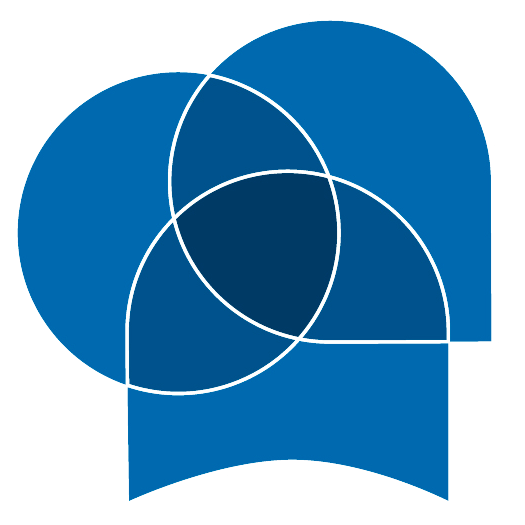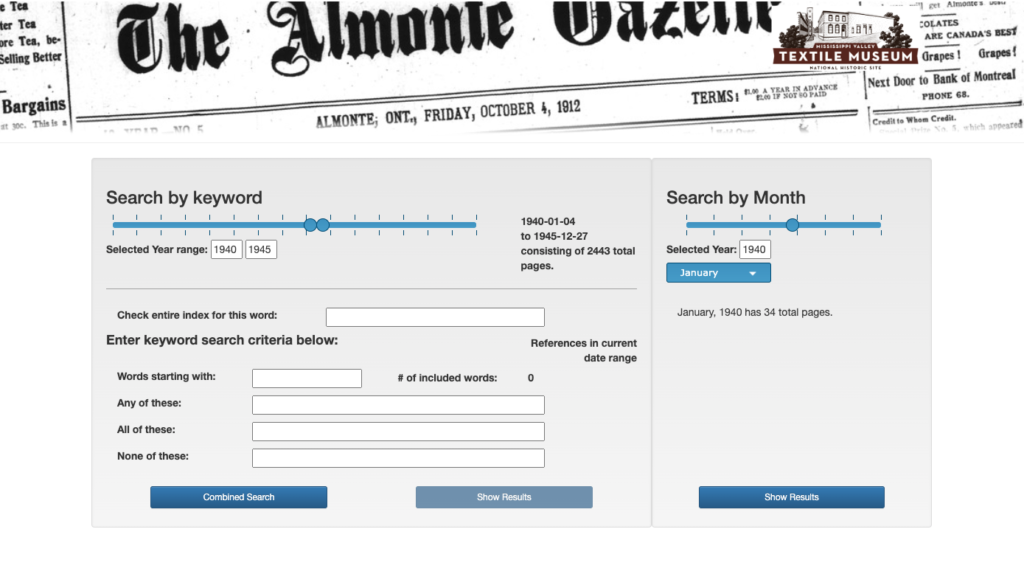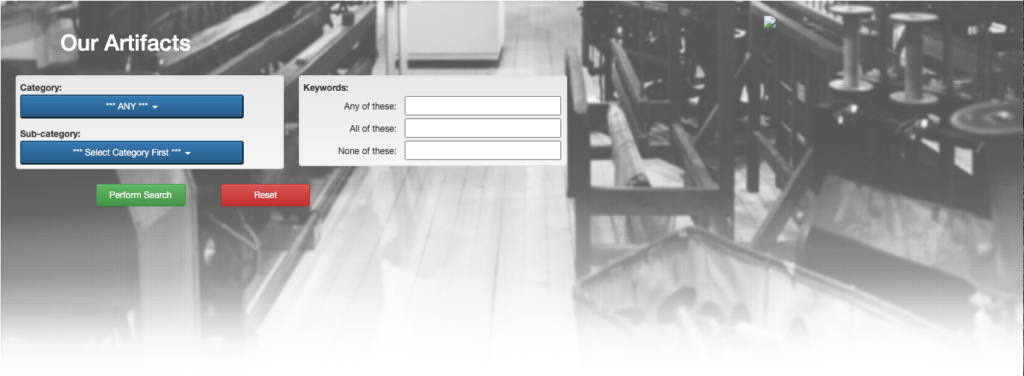The following case study recording is from the ‘Innovating with Collections Online’ cohort member Michael Rikley-Lancaster, Executive Director and Curator, Mississippi Valley Textile Museum.
Throughout the programme, Michael’s goal was to learn what more the Mississippi Valley Textile Museum could do with its oral history collections. Specifically, looking at what other senses could be included, and how oral histories could be made accessible to other audiences.
Transcript
I’m Michael Rikley-Lancaster. I’m the executive director and curator of the Mississippi Valley Textile Museum. My pronouns are he / him.
Our project goal was really for me, it was the idea of learning what more we can do with our oral histories. So looking at what other senses could maybe be included, but also how we can make them even more accessible to audiences.
So the activities for the goal we kind of, for one, engaging with Surface Impression as a first step, and then and working with the other cohorts, and then engaging with that group and the different sessions we had, certainly that really helped us get some more insights to the ways we can move forward.
For us, I feel the challenges we face throughout the project is well, I think our organization is underfunded and understaffed so, so trying to keep up with the, what needs to be done, and when during the project and during the planning and leading up to the homework we had. That’s really was our biggest, was our biggest, challenge. And knowing where to go with it and how to get there.
I felt the main takeaways for the project, one of the, one of the first ones that was really intriguing to me, and I’m really thinking more and more about, is sound and soundscape along with you’re engaging with oral histories or even artifacts in your collection or archival documents, and how you can enhance those with using other senses and not just the the physical record or the the video or the voice, but you could add more to it to make it even stronger and make it have more of an impact for people.
So our next steps are to do a kind of, pull all of our collections together. So our oral histories, our archives, our artifacts, our searchable online cursive written documents, our Almonte Gazette online, and move them into a more simplified usable, accessible search engine so that you can search all collections or specify collection you want to search, and also that’ll make it easier for internal exhibition curating and planning for exhibitions, but also for external for researchers et cetera.
I think this will have a extreme impact on future projects because, for one, it’s making us review our assets and how we can better interpret them in multiple ways, like I mentioned. I mean with sound, with it, could be even, maybe you could go as far as there’s, there’s many ways you could play with how do you interpret things in different ways to make them more accessible to people, but also looking at how we make our full website accessible to all, and easier to use functionality. So I think this has been extremely helpful, that it will help us move towards a more usable accessible setup.
In the clip, Michael Rikley-Lancaster breaks down the project:
- Goal
- Activities
- Challenges
- Learnings
- Next Steps
- Impact of work on future projects


